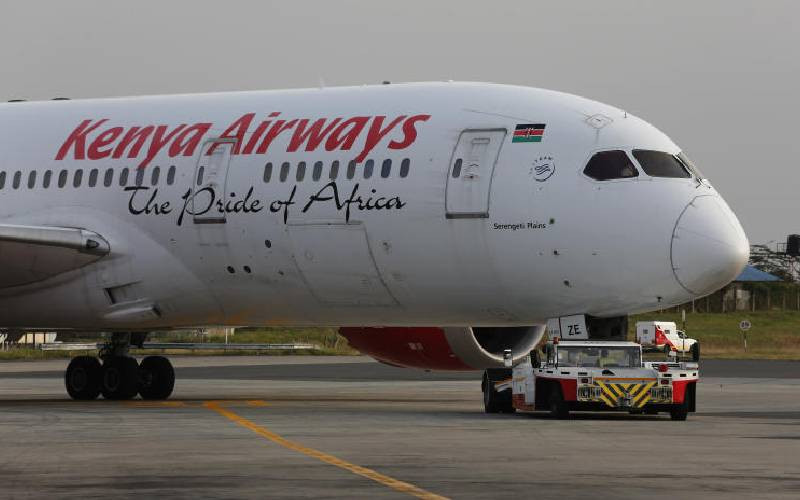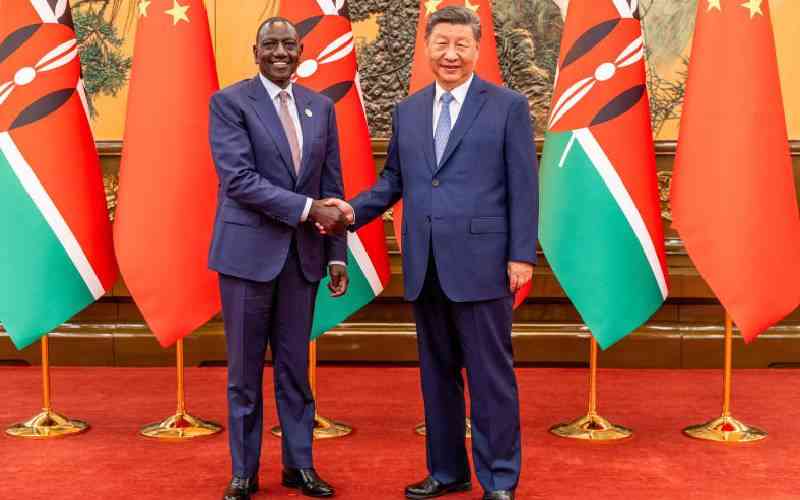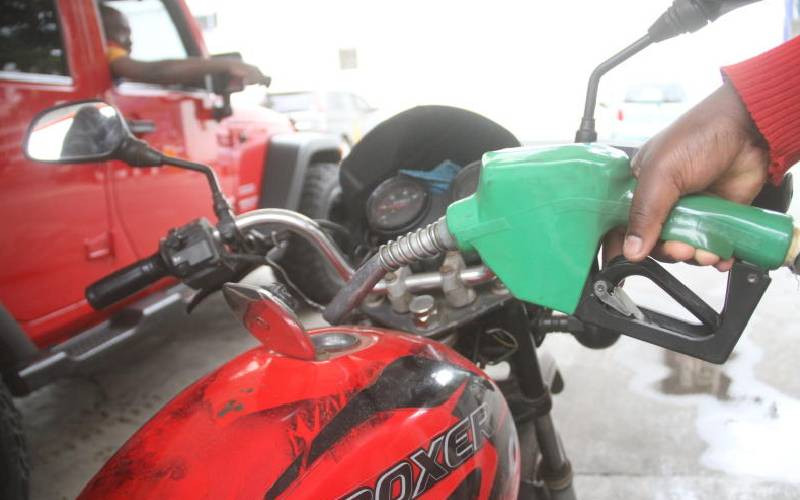×
The Standard e-Paper
Join Thousands Daily

Ongoing construction works on the Nairobi Expressway. [David Njaaga, Standard]
It is a chilly Friday morning. Workers on the Nairobi Expressway are putting final touches on the Sh64 billion toll road.







